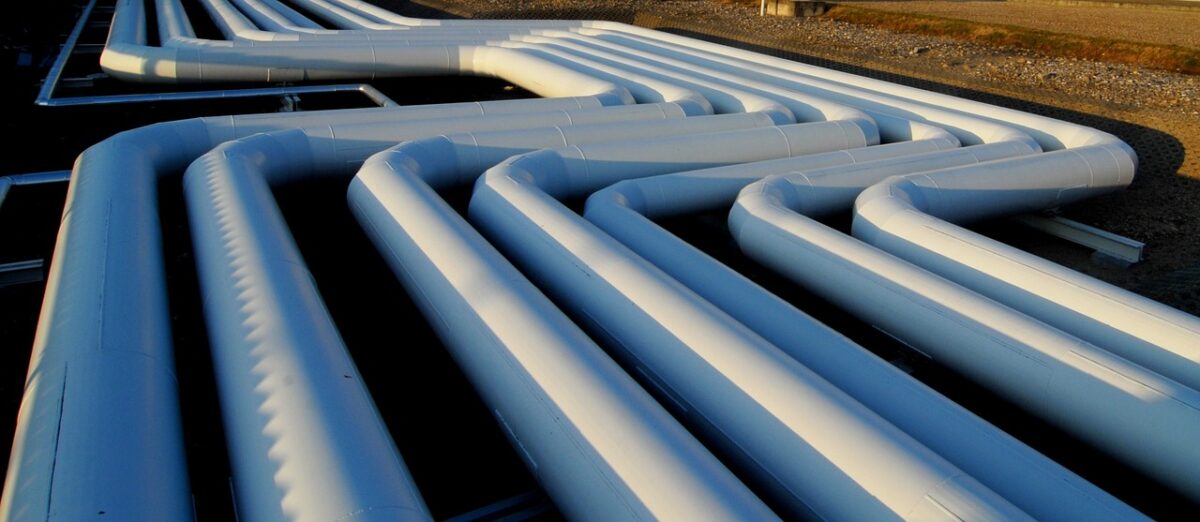How Safe Is CIPP?

Through the years, technology has been a game-changer when it comes to pipeline repair. CIPP, or cured in place pipe, is one of the best solutions to date. This system has changed over time and continually improved.
As we learn about new technology and advancements, cured in place pipe gets better. There have been concerns about safety in the past. However, with proper processes, those risks can be mitigated. This provides an efficient, reliable, and safe solution.
The Safety Record of CIPP
Most concerns about this method surround safety for the environment and the workers. There have been numerous studies looking at these details. What is found is that when it is implemented correctly, CIPP is safe.
Cured in place pipe uses epoxy resins and polyester fabrics. These are carefully chosen to provide durability, chemical resistance, and sustainability. In addition, they have non-toxic properties when used right.
Plus, the industry has certain standards and regulations in place as well. The materials endure rigorous testing to ensure they meet these standards.
In truth, cured in place pipe actually reduce the risks of pipeline repair. It removes excavation equipment and instead uses non-invasive solutions. Things like accidents, injuries, and environmental damage risks are significantly reduced.
CIPP Environmental Benefits
The safety concerns of cured in place pipe are not the only factor. This solution also provides environmental benefits. All of this goes back to the fact that it’s non-invasive.
CIPP helps to extend the lifespan of existing pipelines. It also reduces depletion, carbon emissions, and property destruction.
In addition, cured in place pipe promotes sustainability. The process conserves natural resources and reduces waste. Using existing pipelines and making lasting repairs is a huge win.
Industry Standards and Regulations
There are regulatory agencies that monitor and manage the use of cured in place pipe. This helps to provide accountability for the use of the materials.
These regulators provide guidelines and protocols to set a standard for the use of CIPP. The standards consider all aspects, including installation, materials, quality control, and environmental protection.
These standards show a clear commitment to safety, quality, and helping the environment.
Understanding the Risks
As with any type of process or material out there, there are potential risks. Being aware of the risks is the first step to mitigating them. When contractors do things the right way, the risks are greatly reduced.
Let’s take a quick look at potential risks:
- Chemical exposure for workers who may not correctly handle materials or use appropriate safety equipment
- Improper handling or disposal could cause contamination and lead to environmental risks
- Improper installation may cause structural integrity risks
- Long-term performance is dependent upon quality of materials, installation, and doing it all properly
Notice that each of these risks can be avoided by following guidelines and doing things right. It is all about accountability to the standards and regulations.
Count on CIPP Solutions for Pipeline Repair
The use of CIPP is generally safe when protocols are followed. It’s a great solution that works well for a wide variety of situations. Consider using cured in place pipe for your pipeline needs today!